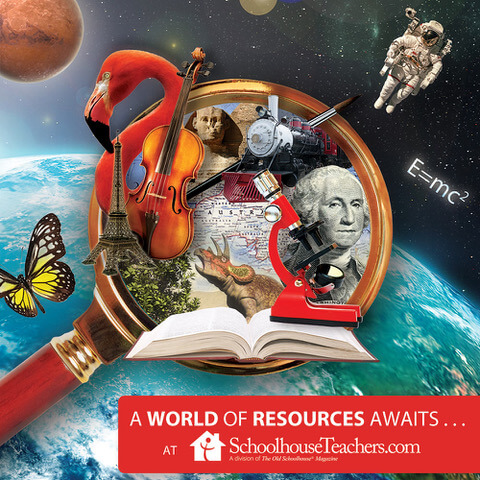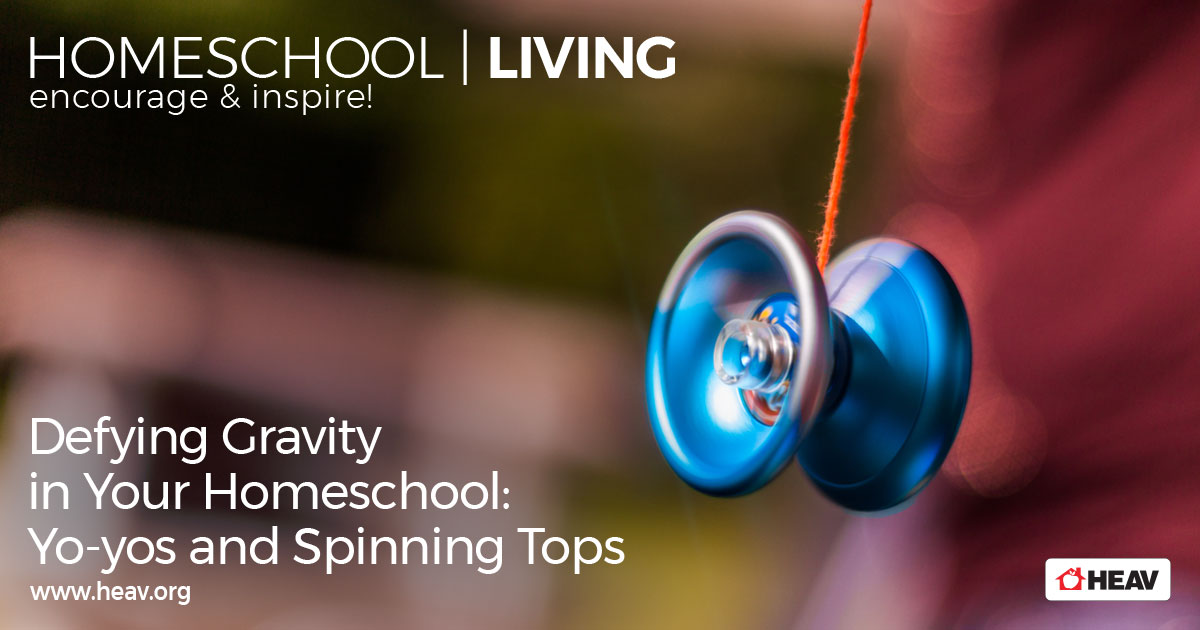Homeschool Opposite Day Activities
Sometimes you can teach a lesson with some silly fun even better than with a serious study session. January 25 is commonly celebrated as “Opposite Day,” which creates a fun opportunity to incorporate some silliness and whimsy into your homeschool. Learning about opposites is a fun way to increase vocabulary, comparison skills, and more.
What’s the point of Opposite Day?
What’s the point of teaching opposites? This article from Montessori Plus shares some ways in which learning opposites can help build vocabulary, strengthen comprehension skills, and introduce elements of grammar like adjectives and comparisons. You’ll also find some resources like an easy opposites song to sing and kid-friendly books about opposites to look for in your local library.
Check out these kindergarten opposite activities for some creative ways to incorporate a lesson on opposites into art, language, physical education, and more.
You don’t need to try to incorporate every topic into a lesson. Sometimes, good old fun and games are just what you need to give everyone a little break and just let natural learning take place. Look at these ten fun ways to celebrate Opposite Day for some inspiration for your own fun homeschool day. You don’t need to put a lot of preparation time into these activities. Try simple swaps like having breakfast for dinner, wearing your clothes backwards, or reversing your daily routine.
Opposite Day Verse Nonsense
For older students, Opposite Day can be a great time to introduce some other nonsense learning topics. Nonsense literature is its own genre of creative writing, and a great way to expand vocabulary, stretch creative limits, and build confidence as you play with words, sounds, and new ideas. Check out this nonsense poetry lesson from Minds in Bloom for a fun way to introduce a fun homeschool writing adventure.
Other nonsense poems that make great use of creative language and invented words are those of writers like Lewis Carroll and Edward Lear. There’s a great connection to be made between inventing and creating language to communicate exactly what you want, and exploring and learning more about a language to be able to effectively communicate your ideas and feelings.
If you’d like to expand on your study of nonsense and other poetry, check out this Homeschool Living for some great ideas and resources to incorporate into a fun homeschool poetry unit.









